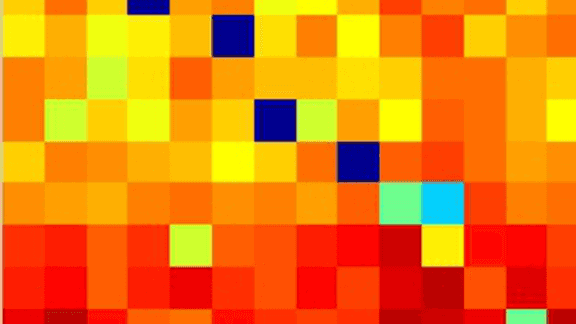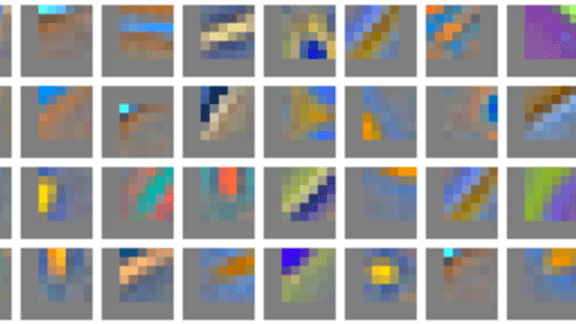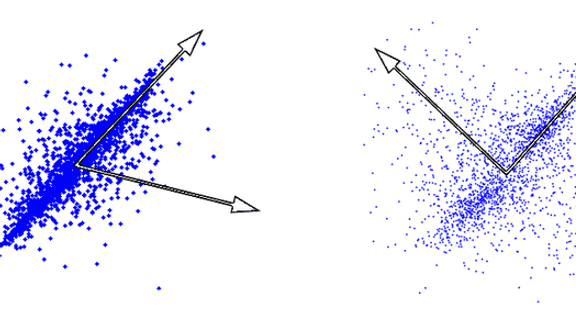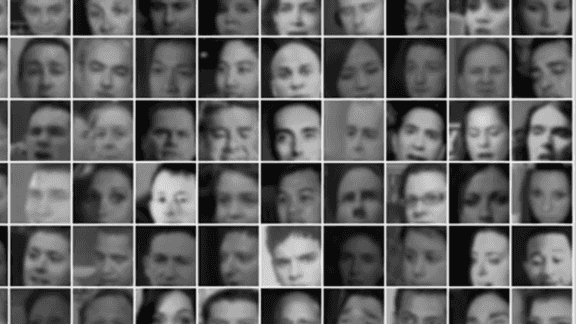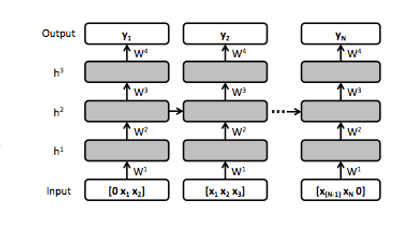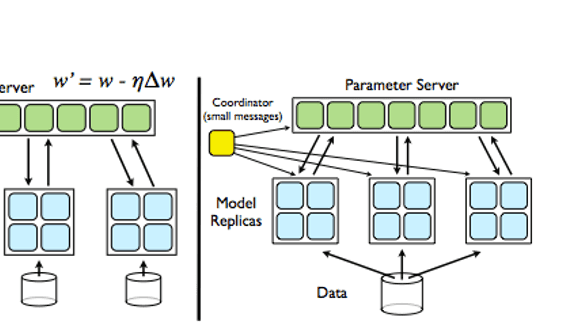
Semi-Supervised Recursive Autoencoders for Predicting Sentiment Distributions
We introduce a novel machine learning framework based on recursive autoencoders for sentence-level prediction of sentiment label distributions. Our method learns vector space representations for multi-word phrases. In sentiment prediction tasks these representations outperform other state-of-the-art approaches on commonly used datasets, such as movie reviews, without using any pre-defined sentiment lexica or polarity shifting rules. […]
